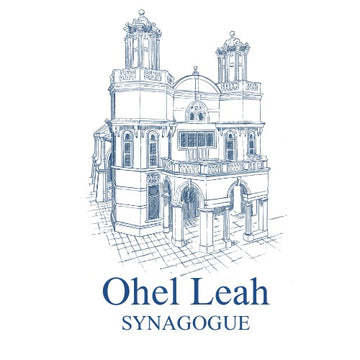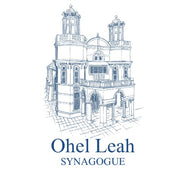The Hong Kong Jewish Cemetery
Hong Kong's Jewish Cemetery is an oasis of peace and tranquility. Located in Happy Valley, it is surrounded by high rise apartment blocks, with the entrance flanked on either side by a Buddhist temple and its school. It is laid out in five levels and has its own chapel and tahara (ritual purity) room.

History
By the 1850s with the Jewish population of the territory growing thanks to an influx of foreign traders from places like Iraq and Indian, there was a pressing need for a Jewish cemetery.
A 10,750 square feet plot of farmland with a 999-year lease was purchase by David Sassoon from the British Crown to be used as a burial ground and, in 1855, the cemetery was officially opened by David's son, Reuben David Sasson.
Set into the cemetery's back wall is a dedication plaque in Hebrew, which translates as:
For the souls who have departed this life for their Master in the holy community of Hong Kong, may G-d protect it. And this (land) is a gift of our mistress the Queen (Victoria), may G-d bless her, given with paymeny in full a sum of money that was necessary by David Sassoon in the year (5615). May he see offspring and have a long life.

In 1904, an adjoining piece of land was acquired from the Crown for the chapel, tahara room and other small buildings.
The earliest burial, dated 1857, is of Leon Bin Baruel. The Chevra Kadisha's (Burial Society) records show that most of those who died in the early years were single men, as it was not the custom to bring wives and families to live in Hong Kong which was still plague-ridden and considered quite dangerous. The Community was mostly without an official functionary and witness due to the fact that the population was a transient one, sixteen of the oldest graves bear only a small, numbered marker, with no name.
As the Community prospered, the massive yet simple granite sarcophagi that mark most of the first burials gave way to a variety of styles including ornate, plain, modern and white marble with Ionic style canopies. Sprays of flowers, scrolled tops, garlanded columns and leafy branches are the most frequently seen ornamentations on the headstones, with one gravestone bearing a broken column, indicating a premature death.

Chapel and tahara room
Toward the end of the 18th century and up to 1917, white Russians began migration to China. Many Russian Jews fled to the Chinese cities of Harbin, Dalian and Shanghai. Some of these people ultimately moved to Hong Kong in 1949, which resulted in a shift in the Community's demographics. This is reflected in the next group graves which are Ashkenazi in style. In this area, which is located along the east side of the cemetery, there are a number of inscription in Russian. One grave, on the fifth level, even contains a cameo image of the deceased, which is typical of Russian gravestones.
As Hong Kong continued to grow as the trading gateway to China, the face of the community changed again. Jewish people from all over the worls arrived in hopes of doing business here. Gravestones of this group, which are scattered throughout the cemetery, include inscriptions in Dutch, French, German, and, of course, English.
For deeper discussion of the Jewish cemetery in Hong Kong, please download our triptych here.

